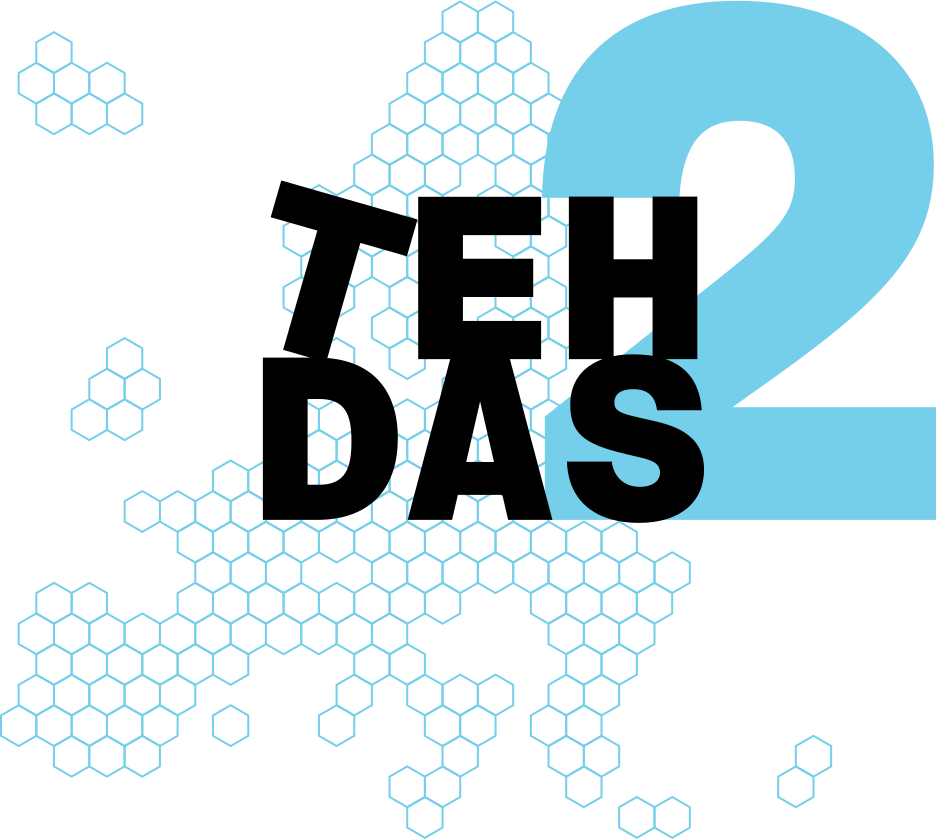Building the EHDS: the importance of national metadata catalogues – interview with Michael Peolsson, Swedish eHealth Agency
The TEHDAS2 draft technical specification on the national metadata catalogue is now open for public consultation. Michael Peolsson, Programme Officer at the Swedish eHealth Agency, gave us an overview of this specification – what it covers, the benefits and why stakeholder feedback is important.
This draft technical specification is about creating a national metadata catalogue, or national health dataset catalogue, to support the EHDS. For those unfamiliar, can you explain what a national metadata catalogue is?
There are plenty of electronic health data stored in EU member states’ systems and available for secondary use, such as for conducting research, boosting innovations or making evidence-based policies to improve people’s health and wellbeing. However, these data are often scattered and may be hard to find.
Metadata is a description of the available datasets, in this case health data, collected by different data holders. National metadata catalogue is a list of existing datasets that can be used. With the help of such catalogues, data users, such as researchers, can discover what data are available. The EHDS will set frames for integration of member states’ national metadata catalogues into an EU-wide platform.
The specification outlines four minimum capabilities required for national dataset catalogues to comply with the EHDS regulation. Can you describe what these capabilities are and mean?
The first capability is about adding dataset descriptions to the national metadata catalogue. Member states can provide tools to support data holders with submitting descriptions to the catalogue.
The second capability focuses on storing and maintaining metadata. It is important to keep the data descriptions updated and improve them over time.
The third capability relates to how the dataset description should be standardised in order to communicate with EU central platform and to make datasets findable in Europe.
Finally, the fourth capability is about the accessibility of the catalogues. They need to be on a clear and user-friendly platform, so that data users manage to search and find the necessary datasets.
How will individual stakeholders and member states benefit from following this specification?
As I mentioned already, the national metadata catalogues will be integrated into an EU-wide structure called “HealthData@EU central platform”. By implementing the recommendations outlined in this specification, member states can improve access to health datasets for individual stakeholders, which in turn helps with research, innovation or policymaking.
Member states will also greatly benefit from this, as common systems and standards reduce fragmentation and foster cross-border cooperation.
It is essential to hear data users’ and holders’ views on the proposed solutions and their implementability.
There are many stakeholders who can benefit from this specification. Who should pay attention to this draft document, and why is their feedback important for improving it?
Everyone engaged in secondary use of health data should read and comment on this document. In particular, we hope to get feedback from stakeholders, as this specification is about their responsibilities in the upcoming EHDS. It is essential to hear health data users’ and holders’ views on the proposed solutions and their implementability. These stakeholders have valuable practical experience and may be able to spot challenges or suggest improvements based on their knowledge.
The first TEHDAS2 public consultation is open until 28 February 2025. You can find the draft technical specification on the national metadata catalogue and other documents open for feedback on the Public consultations page.
Share away!
